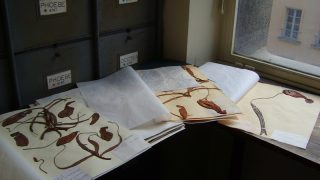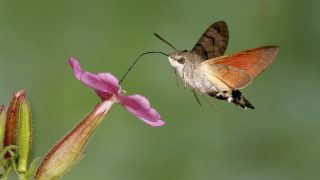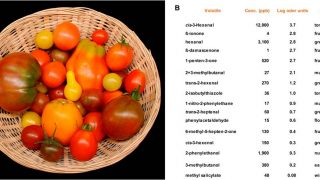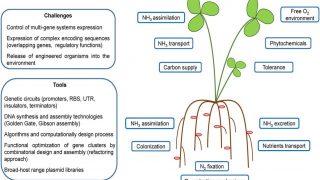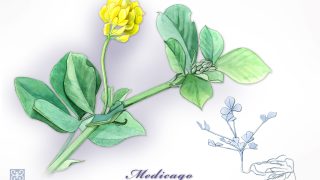
Nitric oxide in plants, its mysterious origin revealed
Nitric oxide (NO) is a gas generated during industrial combustion and by vehicle engines that causes damage to the ozone layer and contributes to acid rain. In this regard, early studies on NO were focused on its nature as a pollutant agent. In most living organisms, NO is endogenously produced and possess a double face […]

